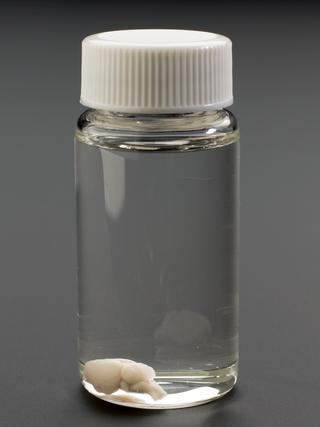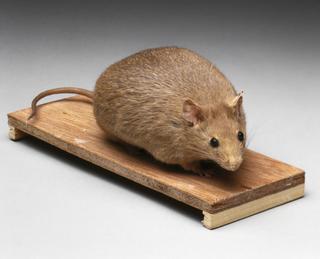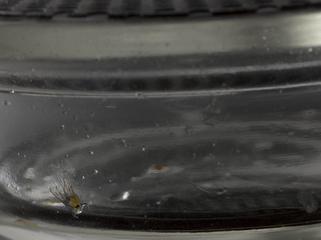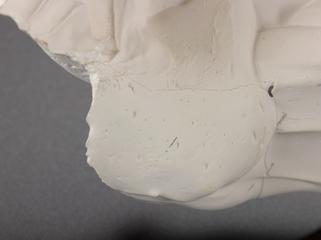
Biobox for animal cloning
- Made:
- 2002 in United States
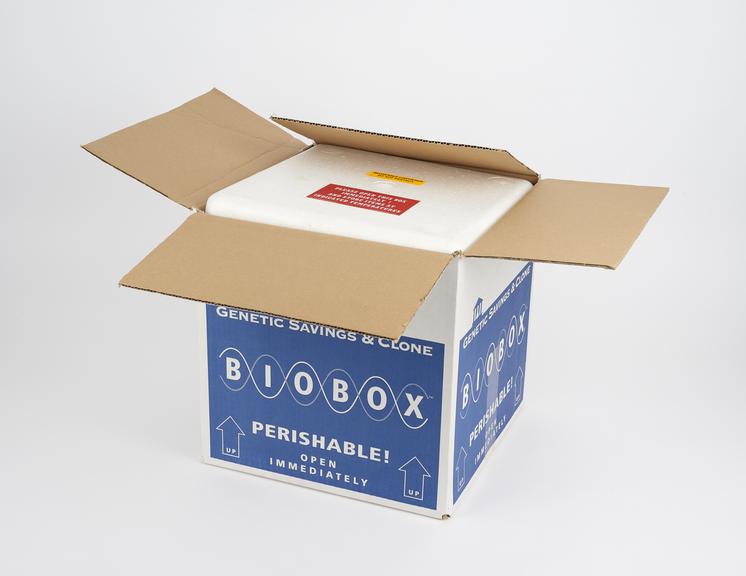
Biobox for animal cloning, by Genetic Savings and Clone, Inc., Texas, United States, c. 2002
Founded in 2000, Genetic Savings and Clone Inc. were the world’s first pet cloning company. It grew out of the Missyplicity project, which began as the Sperling family’s efforts to clone a their dog, Missy. GSC went on to produce the first commercially cloned pet, a cat, ‘Little Nicky’, in 2004. DNA from the original pet was transferred into an egg cell where the nucleus was removed and then implanted into a surrogate. This is the same process, called nuclear transfer that was used to clone Dolly the sheep.
BioBox aimed to provide a veterinarian all the tools needed to extract cells for gene banking and shipping to GSC's labs by Federal Express. However, during the company’s six year run, there was little demand for the expensive cloning procedure. Debates about the ethics of cloning animals, the high failure rate, and concerns over the health problems many cloned animals experience were all raised. There are also huge numbers of animals in rescue centres, waiting for homes. These debates continue, as well as the impact on animals that have their eggs removed for donations or are used as surrogates.
Details
- Category:
- Biotechnology
- Object Number:
- 2010-7
- Measurements:
-
overall: 350 mm x 340 mm x 340 mm,
- type:
- cloning kit
- credit:
- Genetic Savings and Clone Inc.
